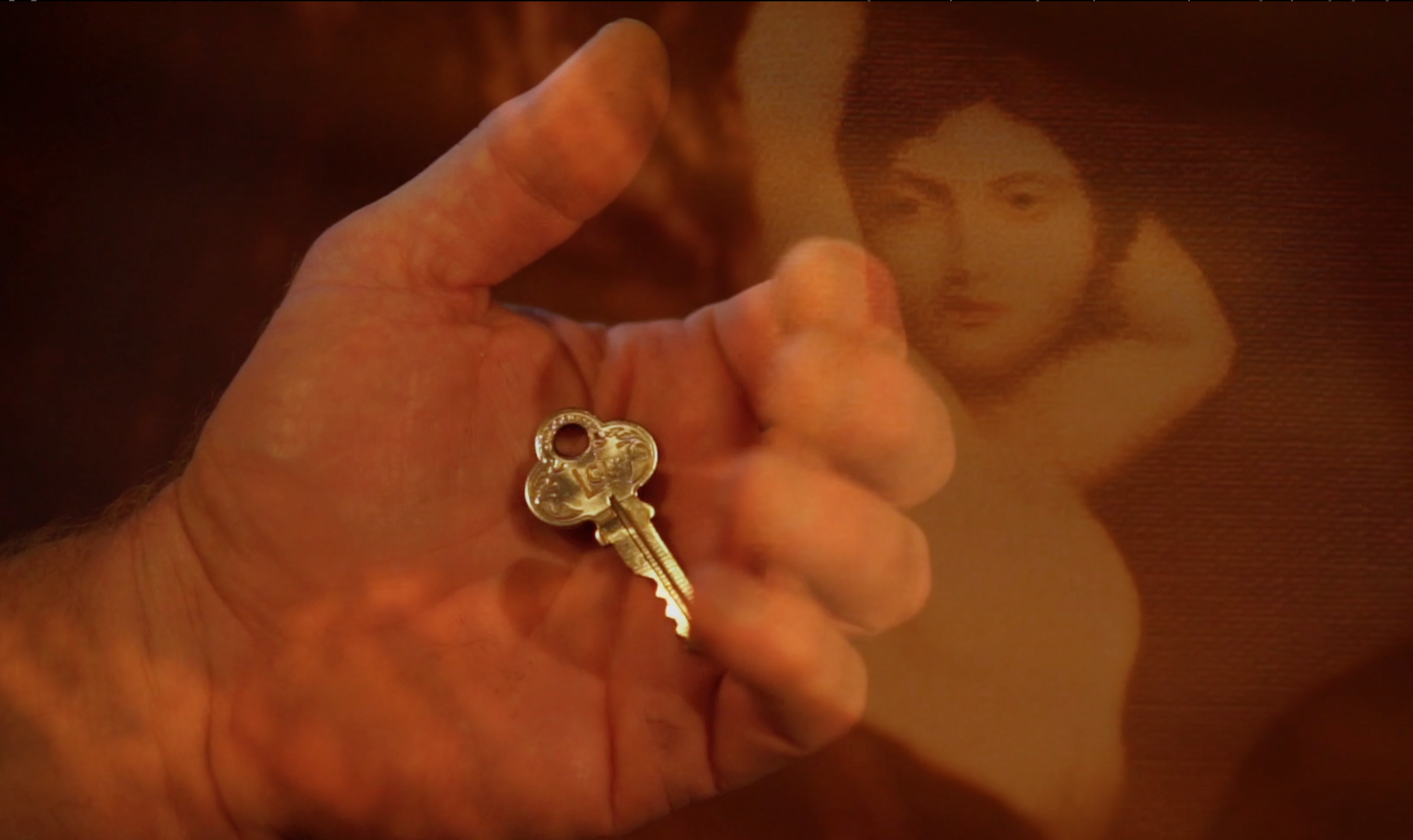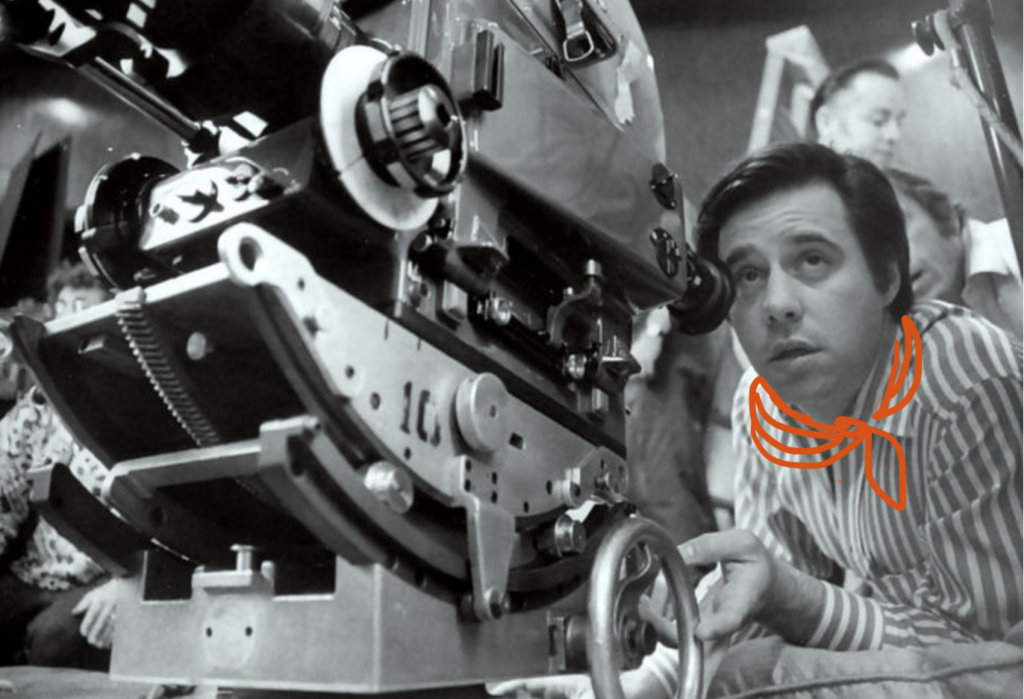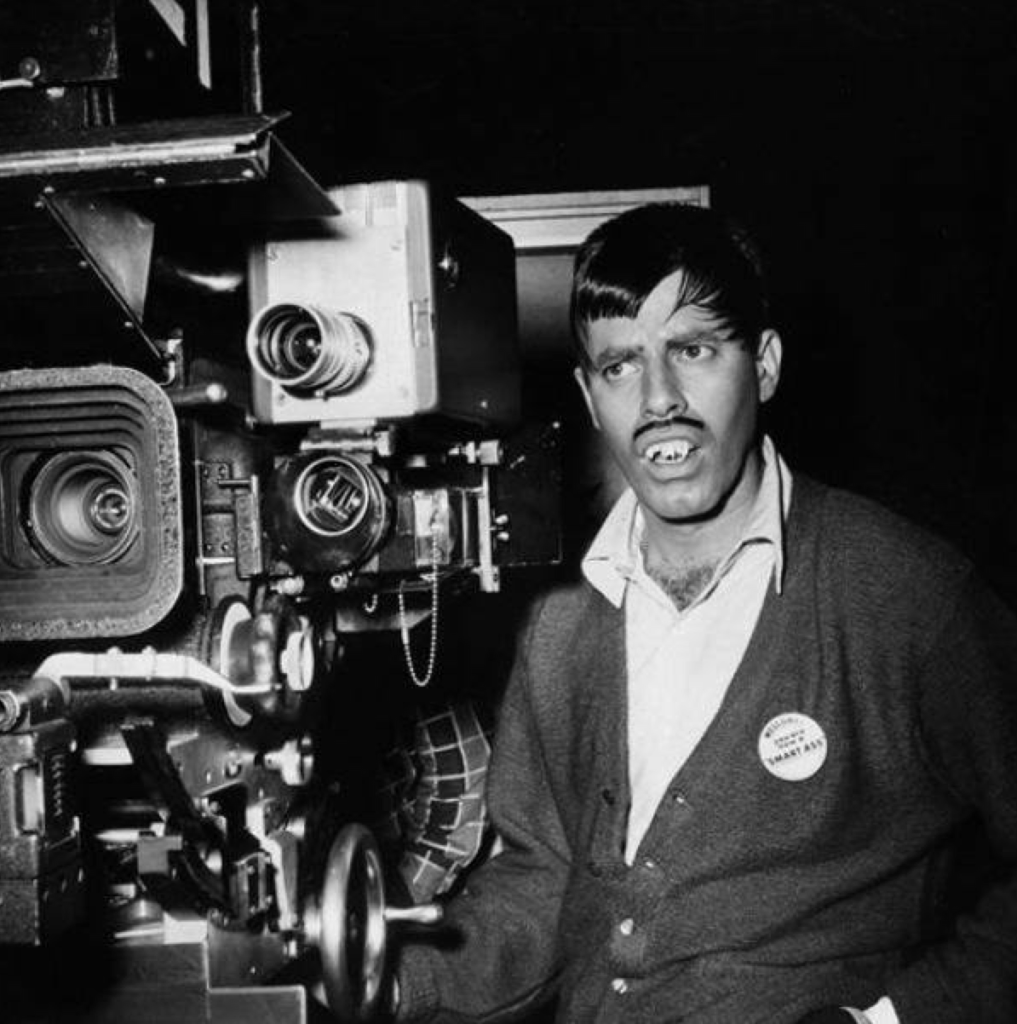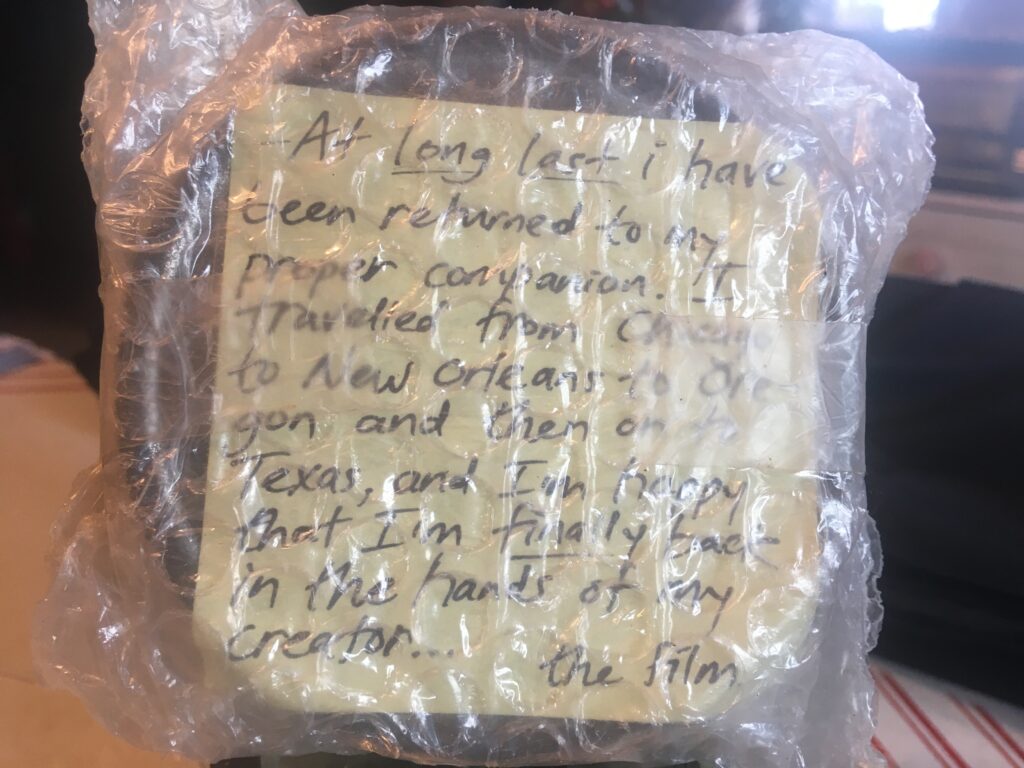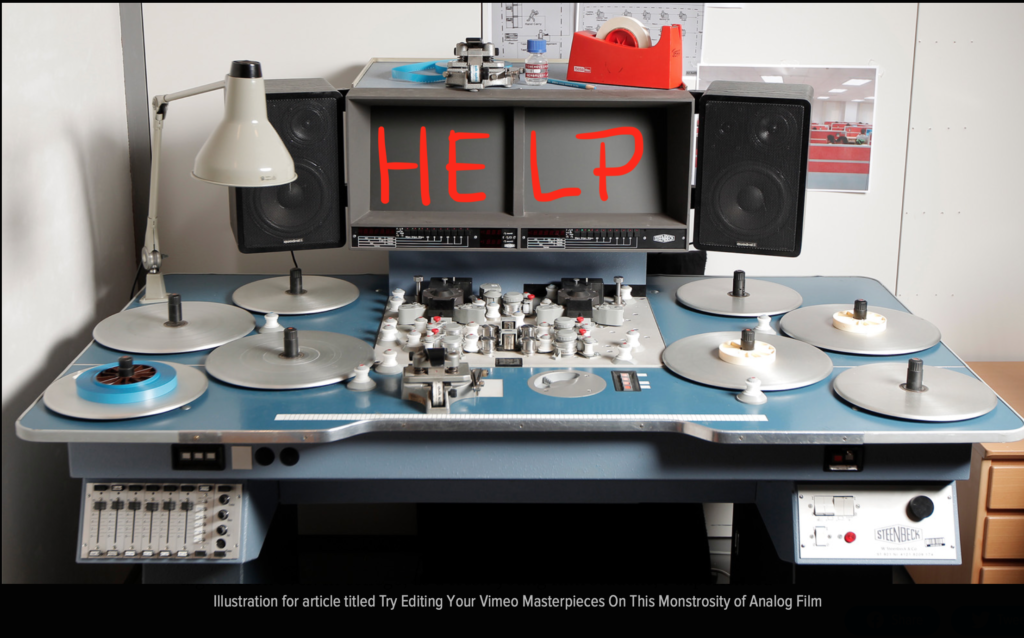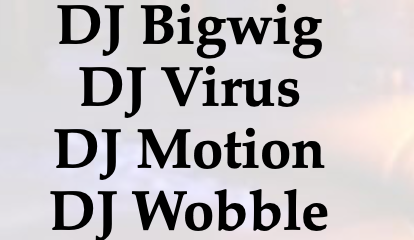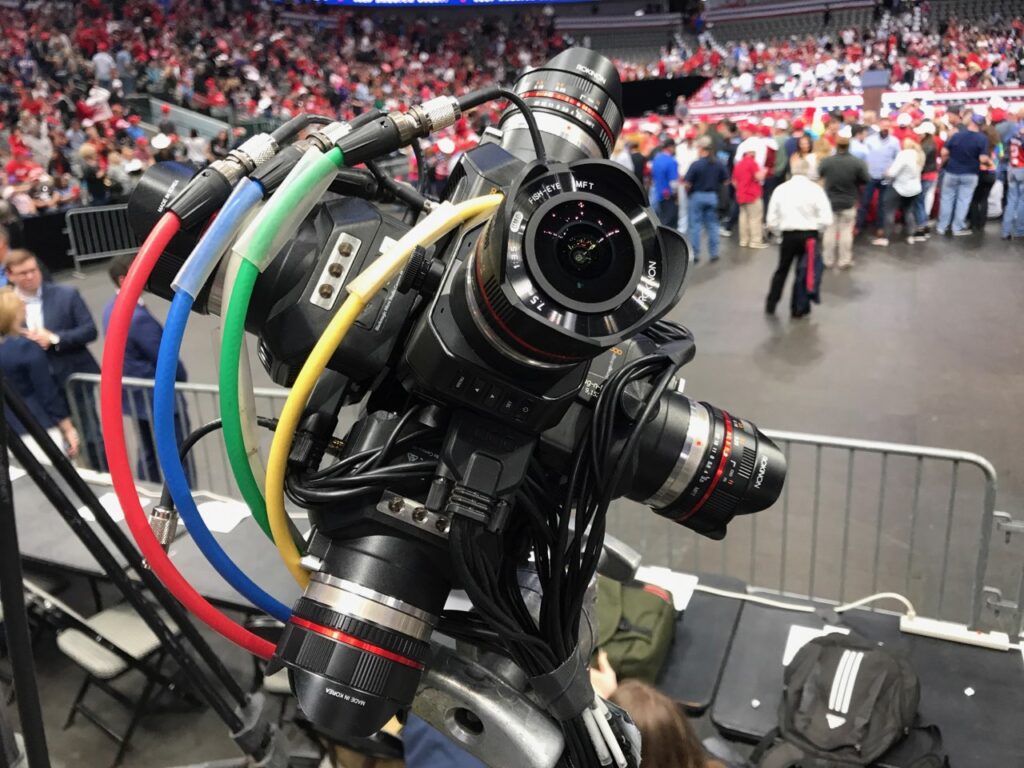USE IT OR LOSE IT

(Originally written for a local journal July 2022)
We are at war. And have been for decades, incase you missed the enemy’s infiltration and inversion of our way of life, corrupting the school system, food supply, the medical industry, technology, military, energy, media and entertainment, religious institutions and our culture. Our government. Our financial system.
“Permit me to issue and manage the money of a nation, and I care not who establishes its laws,”— credited to Mayer Amschel Rothschild, founding father of international finance dynasty.
What is a Central Bank? It’s an institution that controls the policy, production and distribution of a nation’s money and credit. Founded in 1668 the first Central Bank, Sweden’s Riksbank, is still in operation as the oldest of dozens of Central Banks around the world in places as China, Russia, Israel, India, Korea, EU, England, Greece, Iceland, Australia, Brazil, Malaysia, UAE…
The Central Bank of the United States is known as the Federal reserve bank.
Suzie Q cannot open an account there with her lemonade stand earnings, for these are the bankers’ banks, invested in one another.
Who oversees the Central Banks? The Bank for International Settlements, BIS, in Basel Switzerland, with its mission of “promoting global monetary and financial stability through international cooperation” is THE Central Bank of them all. Currently 63 Central Banks are members with voting rights. To reiterate, the Federal Reserve stands arm in arm with the Central Banks of China and Russia under the BIS. As George Carlin said, “It’s a big club, and you ain’t in it.”
Established in 1930 for settling reparation payments imposed on Germany after WWI, the BIS claims to be the oldest international financial institution. Article 55 of its Statutes, penned in 1930 and amended in 2016, declares The Bank enjoys immunity from jurisdiction, from seizure, attachment, freeze, enforcement or sequestration. All BIS (and thus all Central Bank) deposits, shares or claims, wherever located and by whomsoever held, are also immune from any measures of such execution.
Good Lawd! This states the existence of a global network that can funnel billions or trillions worth of monies, gold bars or whatever assets from one nation to another, or to “whomsoever” in relative secrecy, with sovereign immunity. Could this be an avenue for stealing or “misplacing” money from government budgets? The winnings/thievings of war? International financial aide?
During the years of Covid crushing economies and the looming Great Reset working in tandem, BIS has simultaneously promoted a change over to Central Bank Digital Currency – CBDC.
What is digital currency? It is a medium of exchange that exists solely in a digital or electronic format. Think cryptocurrency, like Bitcoin, which is not a coin at all but encrypted digits in a computer. It does not jangle in your pocket or fall to the bottom of your purse. You do not leave a handful of cryptos on the table at a restaurant for a tip.
Is it secure for the People? Is electronic voting secure? Do computers ever crash? Are email accounts ever hacked? Does the GPS in the car always know where in reality it is going?
Why would global banks want to replace cash with a single global digital currency? Digital currency is traceable and controllable. Imagine that on a global scale. Imagine our financial system being openly beholden to a brotherhood in Switzerland that Mr. and Mrs. Peanut Gallery have no say in.
In October of 2020 the International Monetary Fund, the IMF, hosted a panel titled CROSS BORDER PAYMENT – A VISION OF THE FUTURE. The four Central Bankers speaking included Federal Reserve Chair Jerome Powell, and the BIS General Manager Agustin Carstens, who stated:
“In cash we don’t know, for example, who’s using a $100 bill today, we don’t know who is using a 1000 peso today. A key difference with the CBDC is the Central Bank will have absolute control on the rules and regulations that will determine the use of that expression of Central Bank liability. And also we will have the technology to enforce that. Those two issues are extremely important and that makes a huge difference with respect to what cash is.”
What is cash? Cash is a physical means of exchange, of legal tender, uniquely expressed in different nations. In general, every day cash in hand used for legal activities is untraceable, private and unhackable.
What kind of controls will determine how CBDC is used? How would they enforce that? Currently cancel culture punishes certain voices that dare to question the narrative promoted by Big Tech’s masters, kicking those voices out of major social media universes. Like when the President of the United States was kicked off of Twitter, or the many Doctors from reputable hospitals and universities posting their research and findings that proved contrary to the pharmaceutical backed Covid narrative.
This type of banning has even crossed over to payment platforms as Go Fund Me, Pay Pal, Patreon and Venmo, blocking donations to certain people or groups that dare to question, protest or point out true injustice, as when the Canadian Truckers’ Convoy gathered in Ottawa, desperate to go back to work. The donations made to their cause were blocked from these platforms, and some of their bank account were locked too.
So is it a giant leap or a small step to foresee a future where a financial system plugged into Big Tech’s data collection as well as government surveillance can track a person, and control or limit their spending if such person has a questioning or dissenting voice? And beyond?
Over a billion people live in the Chinese Social Credit System, which provides a “holistic assessment of an individual’s or a company’s trustworthiness. “ In his article “China Social Credit Explained,” Dr. Drew Donnelly, advisor on international compliance and regulatory issues, clarifies that one’s social credit score “may affect travel prospects, employment, access to finance, and the ability to enter into contracts.”
He continues, “The eventual ‘end state’ of the system is a unified record for people, businesses, and the government, which can be monitored in real time” (monitored by cameras, “smart” tech, and a lunatic agenda of implanting microchips in our bodies, like Elon Musks’s Neuralink). But this isn’t merely for tracking corporate embezzlement or fraud. Simple things as cheating on a video game, or taking care of elderly parents can lower or raise this score. Speaking against a government policy or questioning the promoted narrative sends points down the flusher.
The People’s opinions and behavior is not the controlling business of bankers, technocrats and politicos.
Simply put, in a CBDC world, the Bank has the power to turn an individual’s money off with a mouse click. Or an algorithm, to limit spending, limit saving. The rainy day cash in the mattress won’t be fit for anything else if cash is demonetized. They don’t want the money, they print the money. They want control, resources…they want your children.
Whistleblower Catherine Austin Fitts, former Asst. Secretary of HUD and Wall Street Investment Banker, offers some hope! In an enlightening interview on CHD.TV’s Financial Rebellion show (episode 33), she explains how we are paying for our own digital prison. She suggests a defense by using cash everyday, using ‘dumb” technology, and getting out of the Big Boy banks and their affiliates (JP Morgan, Chase, Wells Fargo…), to instead invest locally, in small banks, in real material goods, in community building.
https://www.bis.org/about/member_cb.html
https://www.bis.org/about/statutes-en.pdf
https://www.riksbank.se/en-gb/about-the-riksbank/history/historical-timeline/
imf-cross-border-payments-a-vision-for-the-future
youtube IMF cross border payment
-social-credit-system-explained
https://nhglobalpartners.com/china-social-credit-system-explained/
https://www.strategy-business.com/article/What-Happened-after-India-Eliminated-Cash
i-care-not-who-writes-the-laws.html
https://www.bbc.com/news/business-61008730
https://neuralink.com/approach/
